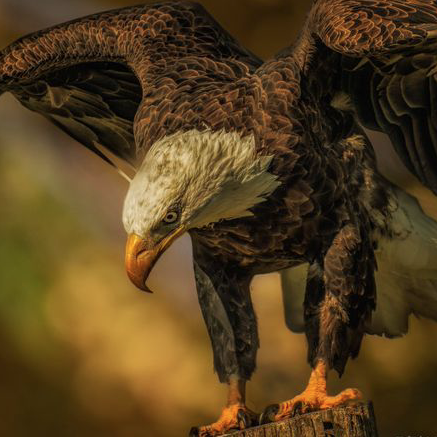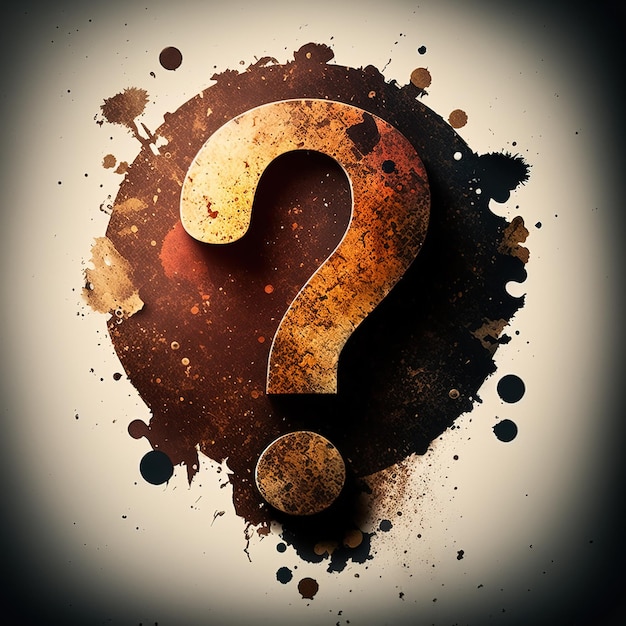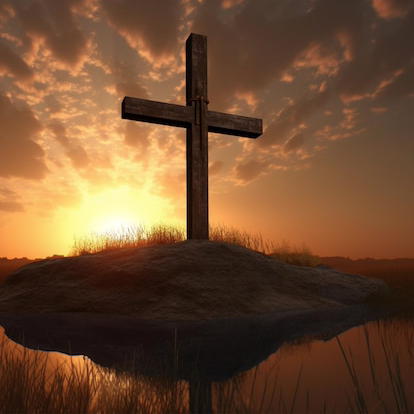Explorer55
Member
- Mar 20, 2018
- 193
- 100
- Thread starter
- #61
There are ALWAYS some people out there who are too stupid to go anywhere else despite the dangers coming. And that happens with all types of natural and or man made disasters. It is often a sense of familiarity with, "things have always been the same, and will never change". Those type of people stubbornly refuse to accept the reality of an impending danger sometimes to their own demise. Happens with Hurricanes a lot too. Of course those in the immediate area of the lava flows and or fissures need to pack up and go elsewhere whether they like it or not. The lava certainly won't stop for them, lol.Well even if there is a difference between the two volcanoes somebody still got injured by it which means that obviously it's unsafe and it can happen again.
Should the entire island be evacuated? No, there is no need for that. The entire island chain of Hawaii ARE Volcanoes! But most of them have become extinct due to the earth's Tectonic plate there "moving" over the "hotspot" there in the area. But it is different than most Volcanoes. It is a, "shield" Volcano which are quite rare. It has formed due to being over a, "hotspot" on the earth's crust. Hawaii is NOT part of the, "Ring of fire" Volcanoes which exist at the edges of the earth's Tectonic plates. "Shield" Volcanoes like in Hawaii are the least dangerous of all Volcanoes. And yet Mt. Kilauea is the world's most active Volcano!
The most dangerous Volcanoes are "Stratovolcanoes" also known as, "Composite" Volcanoes. They are the ones that suddenly blow their top sometimes with little or no warning and have been know to devastate entire cities. Examples of Stratovolcanoes are, Krakatoa, Mt. St. Helens, Mt. Vesuvius and Mt. Tambora, which gave birth to the world's most powerful eruption.
"Cindercone" Volcanoes generally blow their top once and that's it. But they are not as dangerous as Stratovolcanoes.
Here's a good quick tutorial on types of Volcanoes: The 3 Main Types Of Volcanoes
Last edited:






 2Wow! Truly amazing. I wouldn't want to be anywhere near that thing though.
2Wow! Truly amazing. I wouldn't want to be anywhere near that thing though.
 I'm sorry but I still don't think I quite understand this whole thing.
I'm sorry but I still don't think I quite understand this whole thing. 



 ............................. to the Muslim Brotherhood :shock
............................. to the Muslim Brotherhood :shock 